Of the huge variety of all kinds of plants for home and garden, amateur flower growers most often choose a very decorative evergreen vine - ivy ordinary. They use it both as an ampelous plant decorating a house, and for landscaping buildings, fences in personal plots.
Material Content:
Description of varieties for home and garden
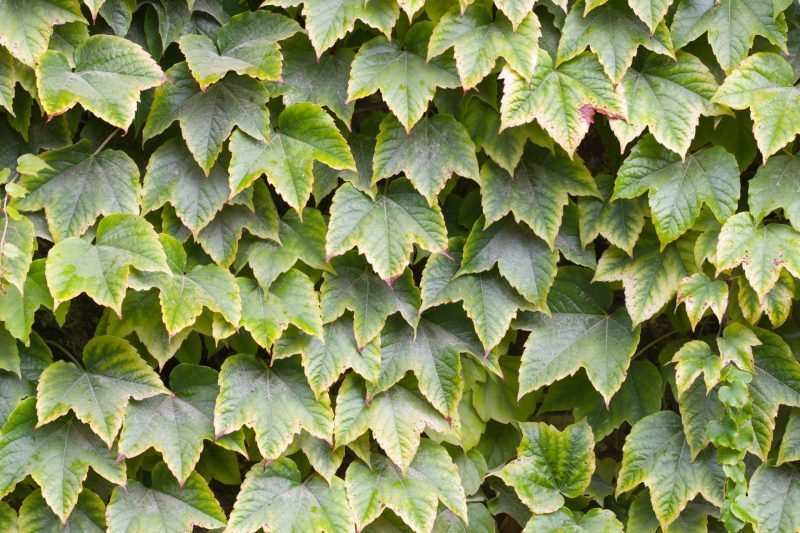
At home, most often grow several types of plants:
- Ivy indoor Heder. The color of foliage in this variety can be either emerald, dark green, or very light. The plant produces berries that look very decorative on the vine. The flowers of the Hedera curly themselves cannot be called particularly attractive.
- Canary ivy for indoor floriculture is distinguished by very large leaves, which reach 12-15 cm in length. This variety has no aerial roots, and therefore the plant must be tied up.
- Colchis indoor ivy leaves are even larger than Canary ivy - up to 17 cm in length. This variety smells like nutmeg. Today, many hybrids are developed that are unpretentious and grow well indoors.
In the open ground, garden ivy is most often planted. Liana can grow up to 30 meters in length and is therefore ideal for vertical gardening. Planted such a plant and as a ground cover.
It grows in length up to 20 meters and forms lush thickets of ivy "Boston". Liana looks very decorative, and especially in the autumn, when the leaves of dark green become orange and burgundy.
Outdoor planting and care
Ivy loves fertile soil, which must be taken into account when planting a plant.Although the vine can take root in loam, it’s better to fill a layer of fertile soil in a planting hole in a poor soil area.
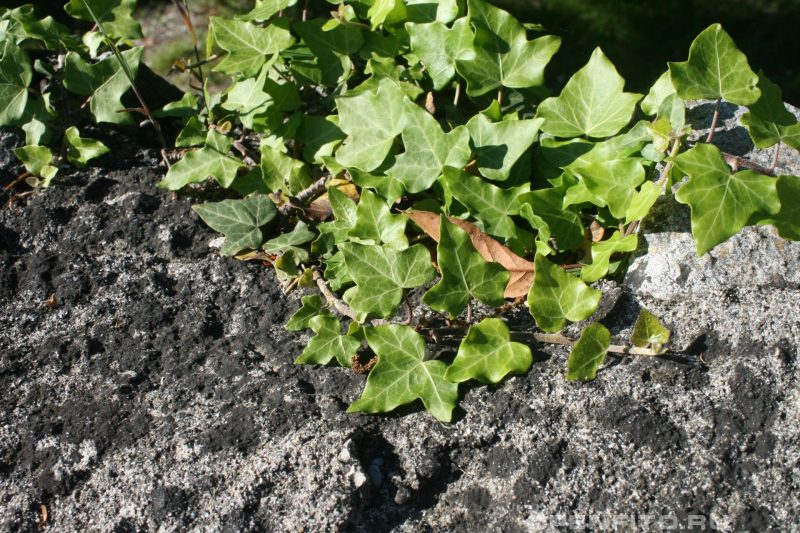
For planting, only high-quality seedlings are used that have a developed root system and shiny leaves.
Many inexperienced flower growers, not knowing how to plant common ivy correctly, make mistakes that lead to the death of the plant.
To avoid this, it is important to follow simple landing principles:
- First, you should prepare a sufficiently large landing pit, which must be filled half with a mixture of turf, leafy soil and peat.
- At the bottom of the hole, under the roots, arrange drainage. In this quality, you can use pebbles or chipped red brick.
- The sapling in the new place is buried a little deeper than it previously grew. Having planted a vine, its roots are covered with nutritious soil, lightly tamped with it, and then spilled abundantly.
For the first time after planting, a young plant needs a lot of water and air. Regularly, the soil around the seedlings should be loosened, especially after irrigation or rain. It is very good to mulch the soil with organic matter.
In the hot summer period, when grown in the country, ivy is watered twice a week. The plant is hygrophilous, but it does not tolerate stagnation of water near the roots.
In order for the flower to develop well, it must be periodically fed. Liana loves mineral fertilizers, which contain a lot of nitrogen, which stimulates the plant to build green mass.
They make nitrogen only in June. Since mid-summer, ivy has been fed potassium and phosphorus to strengthen brittle, young green shoots.
Ivy is pruned throughout the season to give it the desired shape. The plant grows very quickly and can be called aggressive towards neighbors, so it must be cut off.
In southern regions with mild winters, the plant can winter in the open ground. In the middle lane for the winter, the vine should be covered. They do this with spruce branches, fallen leaves, burlap, or even pull the liana with a film.
Features of growing and caring at home
Proper care is the guarantee that the liana will delight the owners with magnificent foliage for many years and delight guests with its lush green.
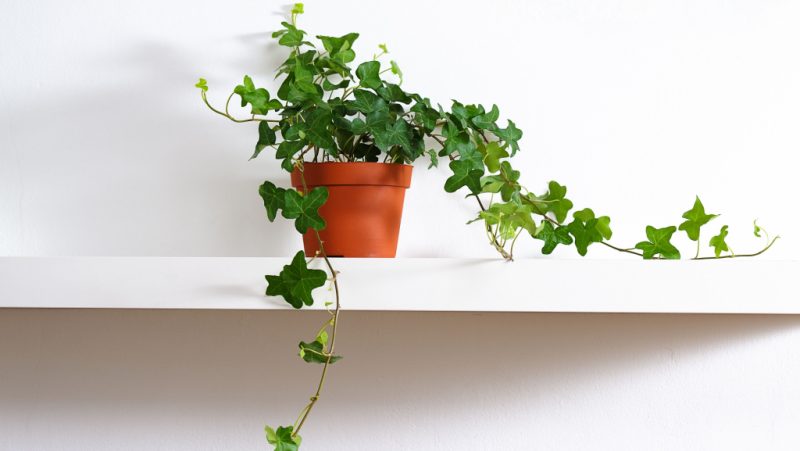
- Most varieties of indoor ivy do not like sunlight and will grow much better in the shade or partial shade.
- The soil of this plant loves slightly acid. Different land can be mixed, but peat and sand must be in the soil mixture. All components in the preparation of the soil are taken in equal proportions, and before planting it is shed with a weak solution of manganese.
- At the bottom of the flowerpot, a drainage layer is necessarily arranged, since room ivy does not like stagnation of moisture. Expanded clay or red brick can be used for these purposes. The drainage must be at least 3 cm thick.
- The root system of such a plant is superficial, so the flowerpot should be shallow and wide. Medium-sized pots made of high-quality material are best suited, because ivy will grow in one container without transplanting for several years.
- In the summer, hot time, the vine is abundantly watered. It is necessary to ensure that the soil is wet all the time. In winter, watering is reduced, and sometimes they are completely abandoned for some time. In hot weather, a flower is bathed under a warm shower. Leathery leaves can be cleaned with a damp cloth in the heat.
It is interesting:jasmine gardenia care
Reproduction of common ivy
The easiest way to quickly propagate common ivy (Hedera helix) is cuttings. Perform the procedure in the spring.
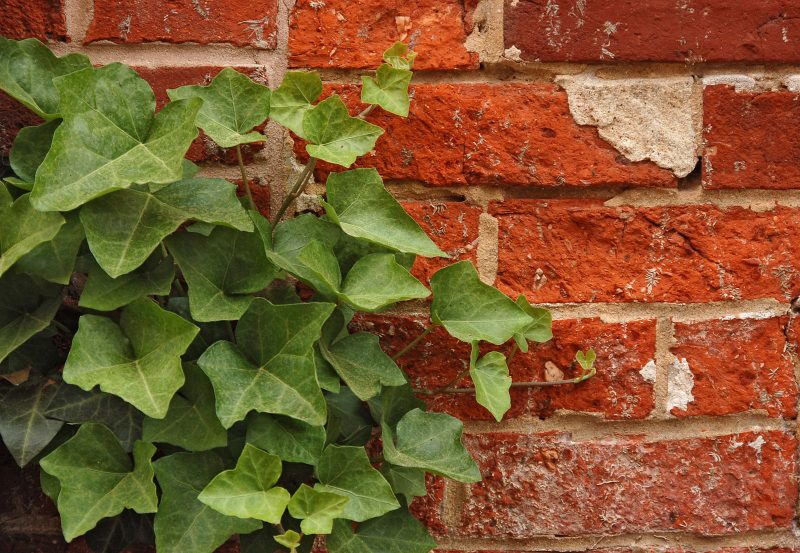
- Apex shoots up to 10 cm long are cut into cuttings with a sharp tool.
- For rooting, planting material is placed in a mixture of sheet soil, humus, turf, peat and sand. Peat should prevail in the substrate.
- Soil necessarily moisturize well.
- The optimum temperature for the quick rooting of cuttings is +15 degrees.
- After about two weeks, the roots will appear, and the flowers can be planted in a permanent place.
Still ivy is propagated by small layering, which is convenient to do in the garden. For these purposes, the branches are simply dug up, making small cuts from below, so that the roots appear faster. It is advisable to fix the whips with wooden brackets, and sprinkle with a layer of soil on top. After rooting, young plants can be separated from the mother bush and transplanted to a new place. The procedure of rooting by layering begins in the spring, and in the autumn young specimens are already planted.
Diseases and pests - how to treat
In many diseases of indoor ivy, the owners themselves are to blame.
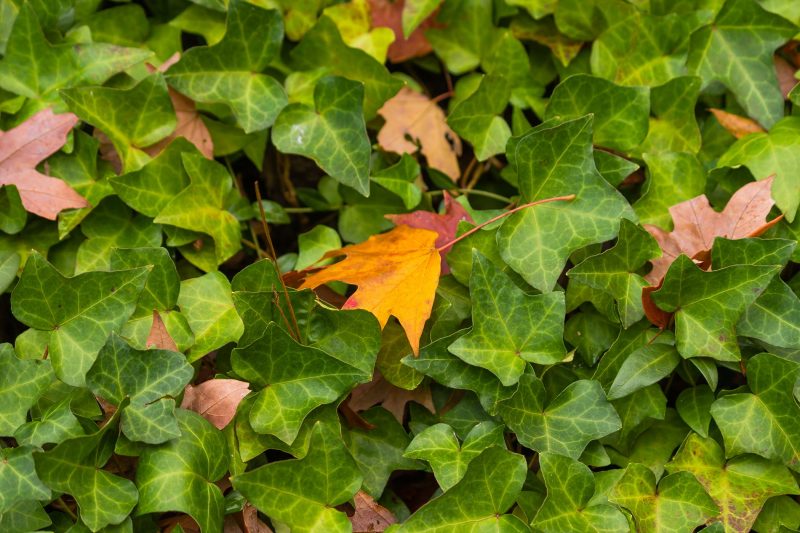
- If the leaves of the flower begin to turn yellow, then it is watered too much.
- If the green mass begins to dry, then the room is too dry air.
- The foliage of indoor ivy can also become very shallow. This means that the plant lacks light and should be rearranged closer to the window.
Of the pests, indoor ivy is most often attacked by aphids - the first enemy of deciduous plants. Leaves that began to curl will say about her presence on the vine. A spider mite can be recognized by thin cobwebs on the shoots.
You can get rid of insect pests by washing the flower in the shower, and then spraying with soapy water. Many gardeners wipe each leaf with a rag dipped in this tool. If this does not help, then in a specialized store you can buy preparations against insects on indoor plants and treat them with ivy several times.
In the garden, ivy is most often attacked by pests such as scale insects, thrips and whiteflies. From these pests, the plant is treated several times with insecticides.
It can affect creeper and fungal disease. If ivy grows in an excessively humid environment, then its root system can rot. Affected parts of the plant will have to be removed.
Plant Related Features
There have always been various beliefs in human life. Many signs are also associated with the maintenance of ivy in an apartment or in a country house. Most of them sound, at least, unreasonable.
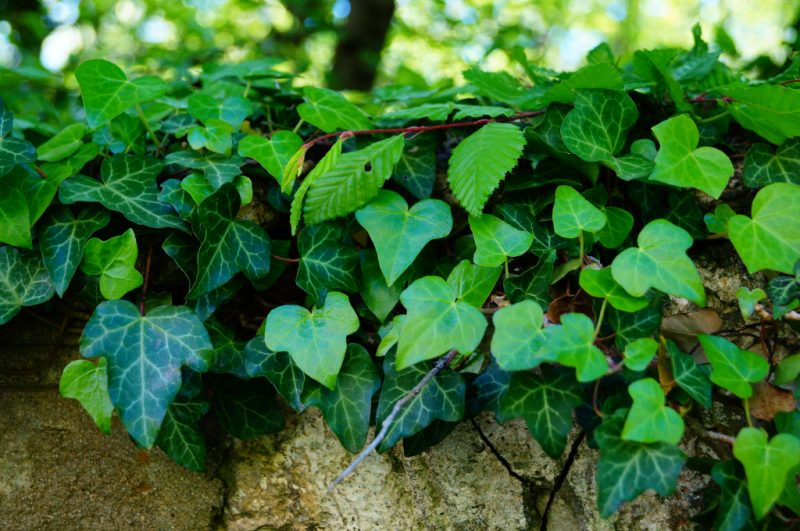
- So, if the donated flower dries, they say that it is unfortunately. But the plant from the store has a weakened immunity and can quickly die in a new environment for him.
- But the main superstition, raising fear for young ladies, is that ivy “drives” men out of the house. To believe in the unprecedented magical power of the plant or not is everyone's personal business.
- The ancient Greeks had a positive attitude towards the flower and considered it almost a sacred plant that saved the god Bacchus.
- In France, ivy is used to protect forests from conflagration.
- In England, they decorate their home for Christmas, as there ivy symbolizes the resurrection.
In practice, ivy is striking in its amazing unpretentiousness and endurance. In addition, it is quite easy to take root in a new place and is growing rapidly.
- Alexander Nikolaev












